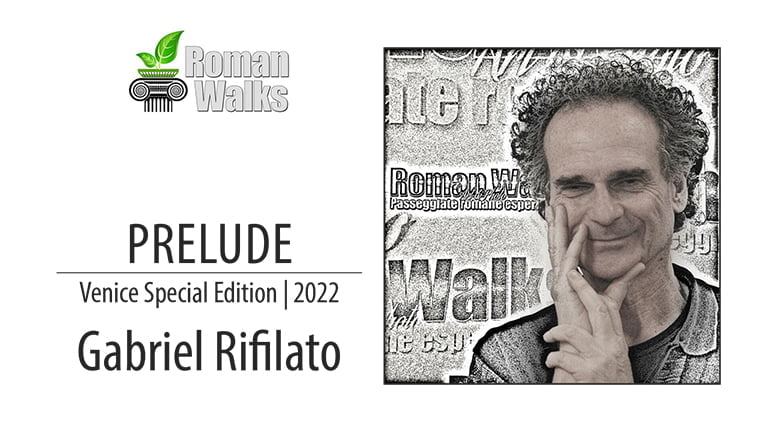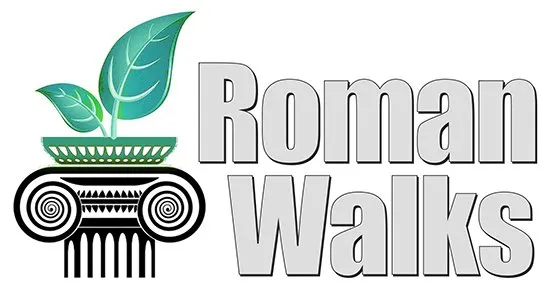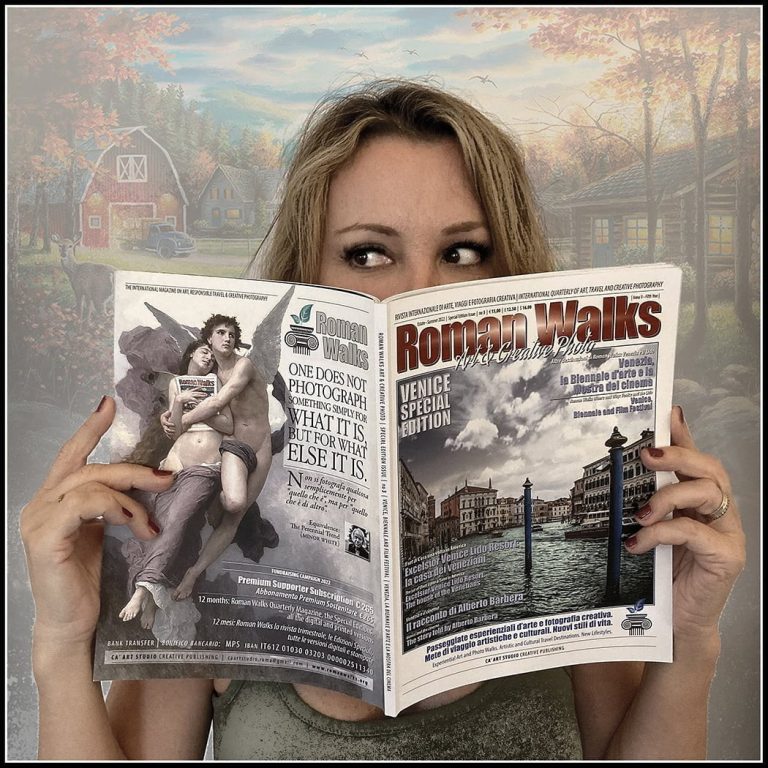The paths of Roman Walks move from the banks of the Tiber and, after the recent special edition on Fregene, land in one of the most beautiful places in the world, where, with the words of Peggy Guggenheim “reflections are like paintings”: Venice.
In the first, original, visit to Venice that we propose to readers, we followed our common thread of the visual arts, starting the route from the Guggenheim museum, on the Grand Canal, continuing the navigation towards the Biennale d’arte and landing at the Lido, towards the Film Festival, in the footsteps of Count Giuseppe Volpi of Misurata. The Venetian Count, who lived at the beginning of the twentieth century, is one of the characters that in this city has left many traces: from the Volpi Cup of the festival dedicated to him, to the Excelsior hotel owned by the CIGA of which he was an advisor, until the foundation of the Circolo del Golf al Lido. All these stories are narrated in the pages of this special edition, together with the description of Venice that first made Thomas Mann with his novel, and then Luchino Visconti with the homonymous film, setting “Death in Venice” at the Hotel Des Baines. Or the poetic description of the city given by Peggy Guggenheim who at the beginning of the twentieth century left in Venice, with his museum, one of the most fascinating places of art in Italy. In search of the historical Venetian residences, we met another artist who influenced our Walk: Giorgione, the enigmatic painter of the Venetian Renaissance, whose name and history inspired one of the most fascinating hotels in the lagoon. The acquaintance with the Spanish architect Patricia Urquiola, a successful designer of our time, is instead the result of the study that our partner VOI Hotels commissioned us last year on a Venetian building of 1272, born as a refuge to welcome pilgrims to the Holy Sepulchre in the Holy Land, and now became, after a thorough restoration work, an aristocratic hotel of the VRetreats circuit: the Ca’ di Dio, on the homonymous shore of the Grand Canal. It remains to mention again a character whose groove, in our Venetian path, was very deep: Floriano Francesconi. He was not a Francesconi artist, but a cunning trader. Carlo Goldoni was inspired by him in the comedy “La bottega del caffè” because Francesconi, at the Carnival of 1720, had opened an eccentric restaurant in Piazza San Marco where you could “drink a black water, boiling, which is quarried with a seed and called kahvé, which has the virtue of keeping the man awake”. The restaurant, after three centuries of commercial activity, still exists. It is a unique place in the world: Caffè Florian. Art director Stefano Stipitivich tells the readers of our magazine. One of the many faces of Roman Walks.
In search of the historical Venetian residences, we met another artist who influenced our Walk: Giorgione, the enigmatic painter of the Venetian Renaissance, whose name and history inspired one of the most fascinating hotels in the lagoon. The acquaintance with the Spanish architect Patricia Urquiola, a successful designer of our time, is instead the result of the study that our partner VOI Hotels commissioned us last year on a Venetian building of 1272, born as a refuge to welcome pilgrims to the Holy Sepulchre in the Holy Land, and now became, after a thorough restoration work, an aristocratic hotel of the VRetreats circuit: the Ca’ di Dio, on the homonymous shore of the Grand Canal. It remains to mention again a character whose groove, in our Venetian path, was very deep: Floriano Francesconi. He was not a Francesconi artist, but a cunning trader. Carlo Goldoni was inspired by him in the comedy “La bottega del caffè” because Francesconi, at the Carnival of 1720, had opened an eccentric restaurant in Piazza San Marco where you could “drink a black water, boiling, which is quarried with a seed and called kahvé, which has the virtue of keeping the man awake”. The restaurant, after three centuries of commercial activity, still exists. It is a unique place in the world: Caffè Florian. Art director Stefano Stipitivich tells the readers of our magazine. One of the many faces of Roman Walks.
Gabriel Rifilato
(caartstudio.roma@gmail.com)



